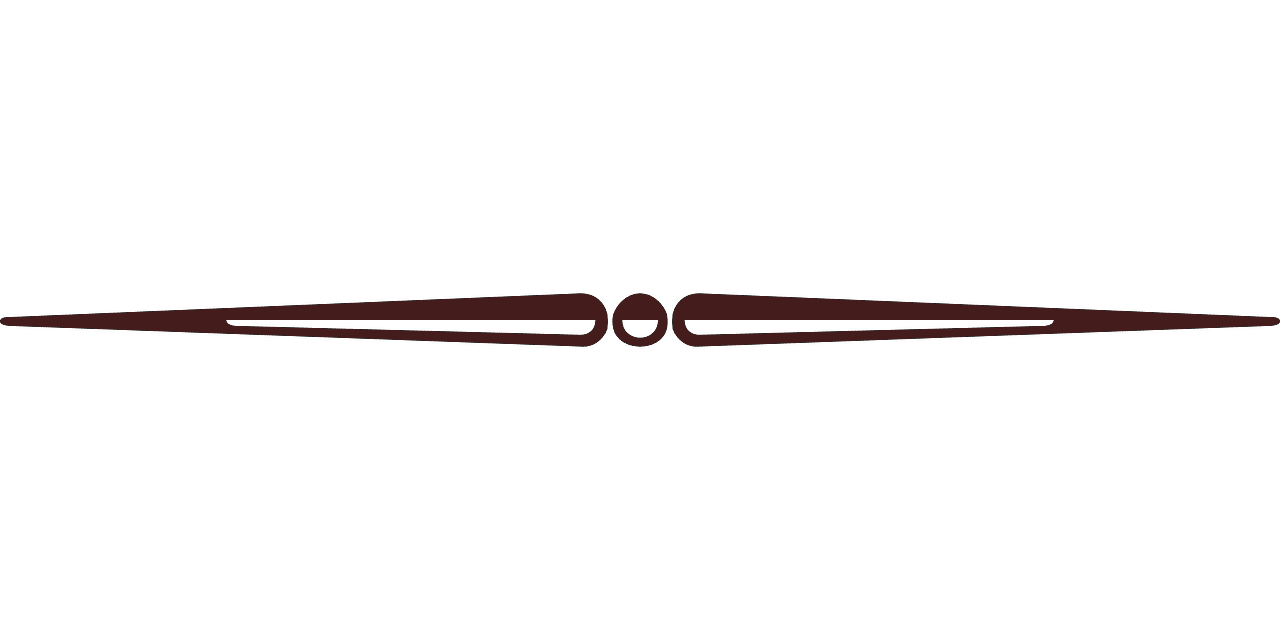When the brain runs out of air.
Strokes and how to prevent them
There are constantly billions of nerve cells working in our brain, whether we are awake or asleep. In order to maintain this performance, the brain needs a lot of oxygen and other nutrients, delivered through the blood.
If there is a sudden circulatory disturbance in the brain, a stroke is likely to follow. It can be triggered by a vascular occlusion or by an injury – the bursting or tearing of a blood vessel. The consequences are the same: the nerve cells suffer from a lack of oxygen and decay.
There are various effects depending on how many and which cells are affected: paralysis, numbness, speech or visual disorders, possibly loss of speech, memory gaps and dizziness.

Narrowing of the carotid artery
The narrowing was eliminated by inserting a stent
→ WARNING SIGNALS
The following signs are an indication of an imminent stroke:
These afflictions can sometimes be over after a short time. They are, however, dangerous and require urgent investigation. This includes an ultrasound examination of the throat arteries to make a timely detection of any constriction.
Stroke diagnosis and treatment
No matter when and where a stroke occurs, what is crucial is the fastest possible help. The faster the medical help the better. Therefore, don’t hesitate to call an emergency doctor, even when the person’s complaints are only slight.
The emergency doctor will begin treating the patient, focusing on life-saving methods. The next diagnostic steps will be initiated in the clinic, where it is necessary to diagnose which kind of stroke has occurred.
Measures will also already be taken in the clinic to prevent another stroke, which is ascertained after examination of the causes. Medication and methods used here are antiplatelet medicine, anticoagulant or the removal of a constriction. As soon as the patient’s condition allows, mobilisation and early rehabilitation can begin. Under guidance of therapists, patients learn to regain the impaired functions. If necessary patients can start several week-long rehabilitation.
“All of these examinations can be carried out in my surgery.” Univ. Prof. Dr. Erich Minar
THESE FACTORS INCREASE YOUR CHANCES OF HAVING A STROKE
The most significant risk factors for a stroke include:
Around 20,000 people suffer a stroke every year in Austria.
If your risk factors are high, or you are in older age, in order to prevent a stroke, you should regularly have your vessels checked.
The ultrasound diagnosis is pain-free, harmless and can be carried out easily.
The blood vessels in the neck are examined for narrowings; in addition, an ECG is carried out to detect any cardiac arrhythmia.
Possible consequences of a stroke
Despite advances in medicine, permanent disabilities are not always prevented. It can be estimated which long term damage can be expected a few weeks after the stroke. Common afflictions are paralysis, emotion or speech disorders, often accompanied by concentration problems and sudden fatigue. But as critical the condition of the person affected may be, in the beginning, great progress is often made during the course of treatment.
TREATMENT
The treatment is carried out by a specialist team of therapists, nurses and carers and is led by one doctor, who establishes a treatment plan with his team:



